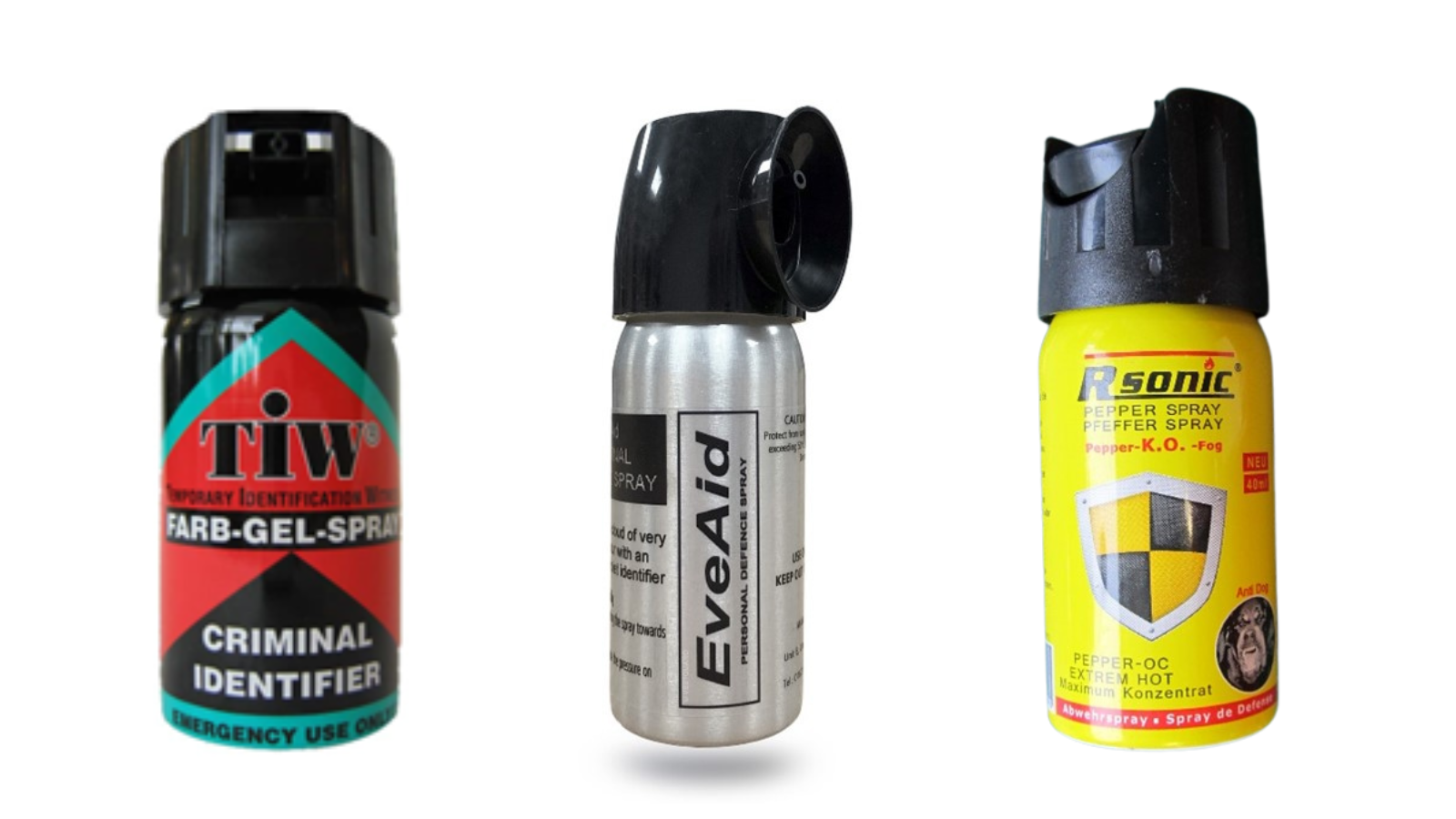
February 16 2023

Since the abduction and murder of Sarah Everard, there have been calls for the legalisation of pepper spray in the United Kingdom for self-defence purposes and a petition on Change.org currently has 47,445 signatures.
However, many people in the UK still do not realise that pepper sprays are covered by the Firearms Act 1968. Section 5(1)(b) of the Act classifies any weapon of whatever description, designed or adapted for the discharge of any noxious liquid, gas or other thing as a prohibited firearm. Pepper sprays (in addition to CS sprays, Mace etc) contain substances such as oleoresin capsicum (known as OC), desmethyl dihydrocapsaicin (known as PAVA) and 2-chlorobenzalmalononitrile (known as CS) which cause an irritant effect and are deemed to be noxious by UK law.
The European Union does not regulate pepper spray, leaving member countries free to regulate it themselves. Currently Italy, France, Czech Republic, Spain, Austria, Poland, Hungary, Latvia, Romania, Serbia and Russia all allow for possession of pepper spray without a licence (in some cases limited to over 18s) and Switzerland, Germany, Finland and Portugal allow possession, but a licence must be obtained first. This variation in European law can cause confusion amongst both visitors from abroad to the UK and tourists from the UK visiting these countries in Europe, and it is all too easy for an unknowing traveller to bring a prohibited weapon into the country.
To add to this confusion, there are certain sprays which are legal to purchase in the UK, such as “criminal identifier” self-defence sprays like Farbgel or VestGuard’s EveAid, and others such as dog deterrent sprays. These products are legal and contain no “noxious” substances but, being of a similar size and general appearance, may be mistaken for a conventional pepper spray. See Figure 1 below.

Figure 1: Farbgel Criminal Identifier Spray (reproduced with kind permission from www.farbgel.com), EveAid Personal Defence Spray (reproduced with kind permission from www.vestguard.co.uk) and a Prohibited Pepper Spray
Criminal identifier sprays, like Farbgel, discharge a stream of brightly coloured dye that sticks to skin and clothing for up to a week, allowing the easy identification of an attacker after the fact. Others like EveAid contain a powerful but non-noxious odour to act as a deterrent and a hidden UV dye for later identification of the assailant. Dog deterrent sprays produce a vapour cloud around the dog’s muzzle which contains “natural oils” which causes confusion and can deter a dog from biting.
As these products look like conventional pepper sprays and are designed to discharge a jet of liquid under pressure (like a pepper spray), they may be confused for prohibited weapons by law enforcement personnel and, in the past, we have seen such items submitted for forensic testing. Forensic testing laboratories, which are UKAS accredited, will be able to determine that these items do not contain a noxious substance, however ‘testing’ may be conducted by the police themselves, who in most cases are not accredited or equipped to conduct these tests, and misidentification may occur.
In addition to factory produced sprays, there is sometimes confusion over items such as washing up bottles or water pistols filled with noxious liquids. In the stated cases of R v Upton and Formosa [1990] and R v Titus [1971], it was decided on appeal that items such as these were neither originally “designed” for discharging a noxious substance, nor, as they had in no way been modified, to be considered “altered” and therefore these did not fit the description given in Section 5(1)(b) of the Firearms Act 1968. They were therefore not to be considered firearms and instead a charge under the Offensive Weapons Act 2019 should have been considered.
If you have a prohibited weapons or offensive weapons case that needs a review, please contact us on 0191 332 4999.
Author
David Platt
BSc(Hons), MSc